Description
Clamp-on Ultrasonic BTU Flowmeters
Micronics Clamp-on Ultrasonic BTU Flowmeters offer a revolutionary approach to flow and energy measurement from outside the pipe. With the Ultraflo U3300 clamp-on ultrasonic flow meter, accurate and reliable flow measurement has never been easier. The electronic components of the Ultraflo U3300 are housed in a robust IP65 enclosure, which serves as a wall-mounted display. This display incorporates the graphic display, keypad, sensors, and output connections, providing users with a convenient and user-friendly way to monitor and control the flow measurement process.
Programming the clamp-on ultrasonic flow meter is a breeze.
The “Quickstart” feature enables users to set up and program the device easily with intuitive, step-by-step instructions in their preferred language. The display continuously shows signal strength, time, date, energy, as well as flow information. This ensures that the measurement process keeps users informed, and they can quickly identify any issues that may arise.
The Ultraflo U3300 indicates bidirectional flow readings and totals, making it a versatile device ideal for use in applications where flow can occur in both directions, such as in heating and cooling systems. Users can rest assured that the device provides them with an accurate and reliable flow measurement solution that meets their needs.
For those who require a sanitary flow meter, the Ultraflo U3300 is the perfect choice.
IP68 waterproof transducers can equip it, making it suitable for wash-down environments where cleanliness is of the utmost importance. Additionally, it can fit optional high-temperature transducers capable of measuring temperatures of up to 392°F. This feature makes it ideal for high-temperature applications, such as condensate return, where accuracy and reliability are critical.
The Micronics Clamp-on Ultrasonic BTU Flow Meters with a Wall mounted Display include 32 feet of sensor cable, which is another standout feature. This standard feature gives users ample length to accommodate a wide range of installation requirements. Users can easily install the device in a variety of locations with this length of cable, allowing them to take advantage of its capabilities in a range of settings.
In conclusion
The Micronics Clamp-on Ultrasonic BTU Flow Meters with a Wall mounted Display provide a versatile and reliable solution for flow and energy measurement. Its user-friendly interface, intuitive programming, and accurate measurement capabilities make it an ideal choice for a wide range of applications. Whether you need a sanitary flow meter or a high-temperature solution, you can customize the Ultraflo U3300 to meet your specific needs. Moreover, the device comes with 32 feet of sensor cable included as standard, giving you the flexibility to install it wherever you need it. Did you want the portable version of this meter?
- Full Pipe
- Clear Fluid (Less than 3% Undissolved Solids)
- Permanent Application (but non-invasive)
- Cross-Correlation Transit Time Measurement
- Flow Range 0-20 M/S bi-directional
- Data Logging
- 100,000,000 Data Points
- USB to CSV file
- 3 X Pulse Outputs Dry Contact and 1 X mA Outputs
- A Transducers 0.51-4.5″ OD Pipe
- B Transducers 2-79″ OD Pipe
- Optional IP68 (waterproof transducers)
- Optional High Temp Transducers (392°F)
- Optional Modbus Output
Non-invasive BTU (British Thermal Unit) measurement
Important for a variety of reasons, particularly in the context of energy efficiency and cost savings. Here are a few key reasons why non-invasive BTU measurement is so important:
-
Measuring BTUs through non-invasive methods is typically much less disruptive than invasive methods. Invasive methods may require cutting into walls or floors, which can be costly and time-consuming. Non-invasive methods, on the other hand, often use sensors or other non-intrusive techniques that can be applied easily without causing damage to the building.
-
Measuring BTUs through non-invasive methods often provides more accurate readings compared to invasive methods. External factors like changes in the surrounding environment can influence the accuracy of readings obtained through invasive methods. On the other hand, non-invasive methods are less likely to be influenced by such factors.
-
Measuring BTUs non-invasively is typically more cost-effective than invasive methods. Non-invasive methods require fewer resources and can be completed more quickly, while invasive methods require more equipment and resources and may take more time to complete.
- Non-invasive methods of measuring BTUs can help identify energy efficiency opportunities. Accurately measuring BTUs in a building can help identify areas where energy is being wasted. Building owners and operators can use this information to identify opportunities for improving energy efficiency and reducing energy costs.
Overall, non-invasive BTU measurement is an important tool for building owners and operators who are looking to improve the energy efficiency of their buildings, reduce energy costs, and minimize disruption to their operations.
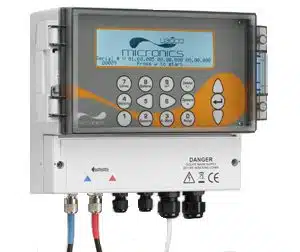

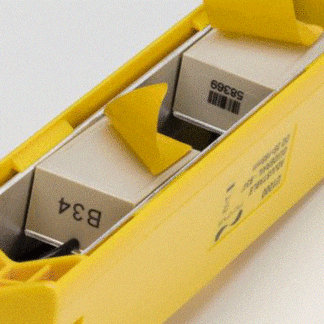
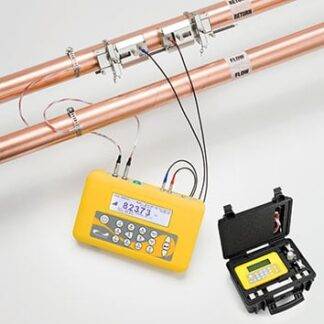
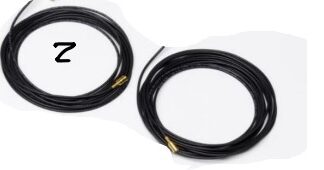
Reviews
There are no reviews yet